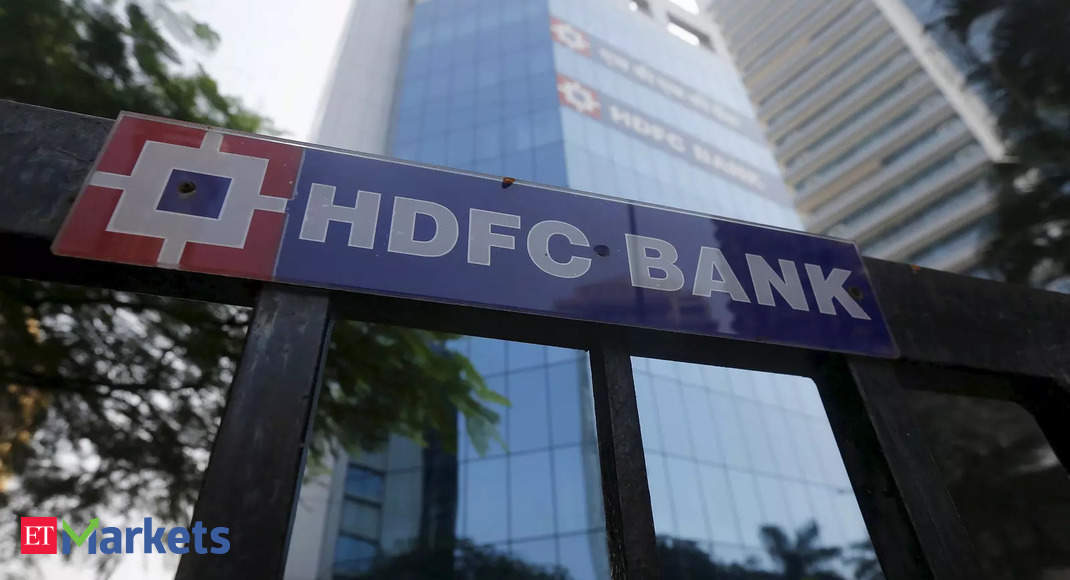Morgan Stanley has resumed its overweight rating on HDFC Bank and set a target price of Rs 2,110, citing 5 key growth triggers. The brokerage firm expects loan growth and EPS growth to be around 17-18% YoY after FY24. They believe that the stock is available at an attractive valuation and trades at a discount to its historical mean. The analysts also highlight key drivers for the stock, including strong trailing investments, sustained deposit market share gains, steady margin trends, strong asset quality, and operating leverage. They expect re-rating over the next year as profitability and loan growth improve.
The analysts described HDFC Bank stock as a compounder available at an attractive valuation. They mentioned that the stock trades at 16x one-year forward EPS, 20% below the 15-year mean. They believe that strong trailing investments and cyclical tailwinds will help the bank navigate merger challenges and return to 17-18% EPS growth after Year 1.
The merger, which would create the world’s fourth largest bank by market capitalisation, is seen as synergistic by the analysts. They value the bank at 17x one-year forward earnings and add Rs 215 for subsidiaries after a 20% holding company discount.
The brokerage cited 5 key drivers for HDFC Bank stock. Firstly, strong trailing investments and improving macro conditions are expected to help accelerate the merged entity’s loan growth rise from 15-16% currently to 18% YoY over the next year. Secondly, sustained deposit market share gains driven by strong branch expansion and increased focus on cross-selling are forecasted to drive deposit growth faster than loan growth. The improvement in real deposit rates over the past year is also expected to be beneficial.
Thirdly, steady margin trends are anticipated after the merger. Margins are expected to remain in a tight range, helped by a loan mix shift away from corporate lending, a gradual shift of higher-cost borrowings into retail deposits, and lagged repricing of the fixed-rate loan book. Fourthly, strong asset quality and low credit costs should help accelerate investments and enable better management of merger-related challenges. The analysts believe that HDFC Bank’s branch expansion and low credit costs will aid in sustaining loan and deposit market share gains over the medium term.
Lastly, operating leverage is expected as HDFC Bank exits the investment cycle, productivity improves, and cross-selling increases. This is projected to result in sustained moderation in cost ratios for multiple years.
The analysts expect re-rating over the next year as post-merger profitability (RoA) remains in the 1.9-2.0% range and loan growth accelerates to 18% compared to the current pro forma merged loan growth of 15-16%.











